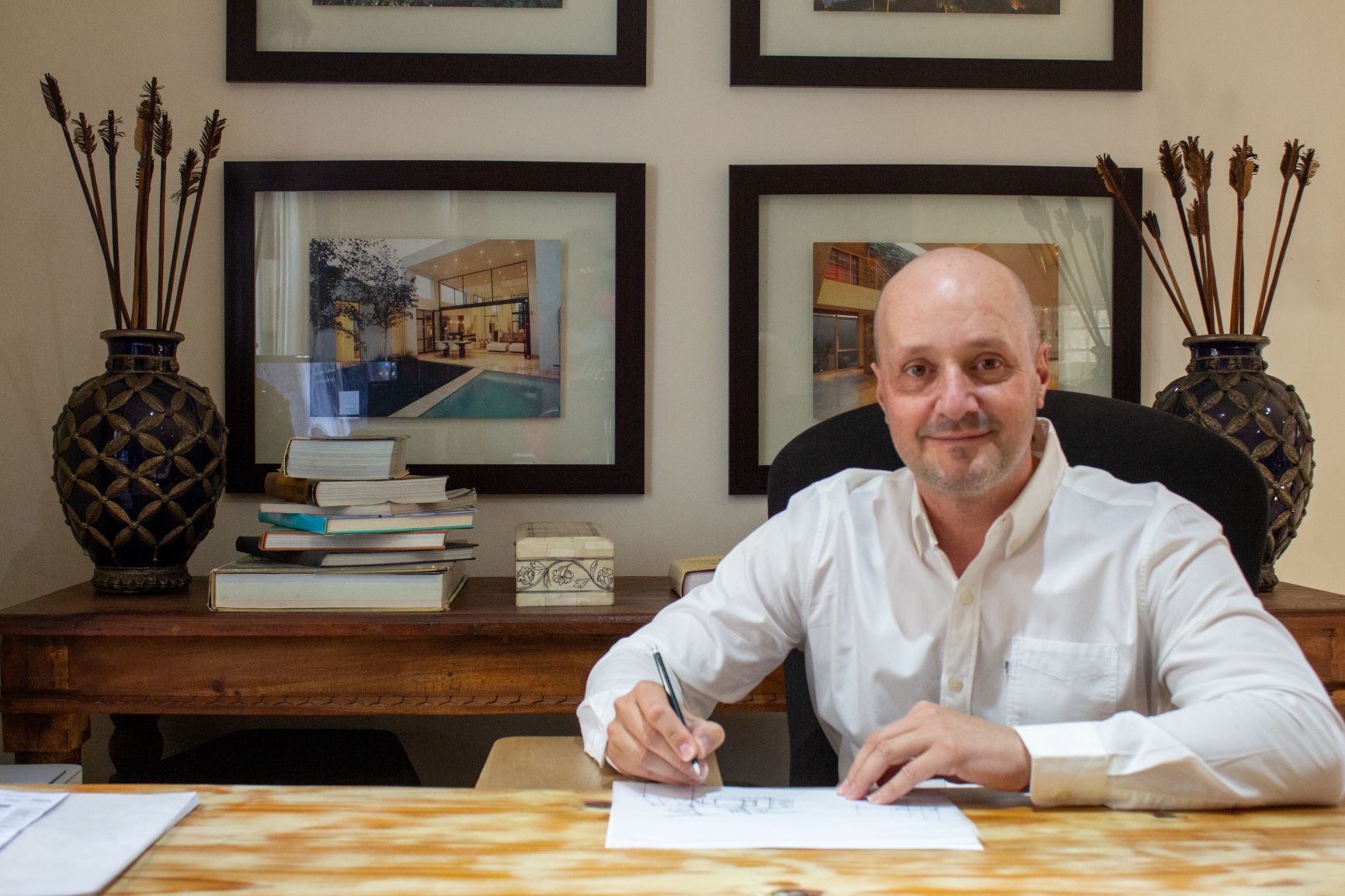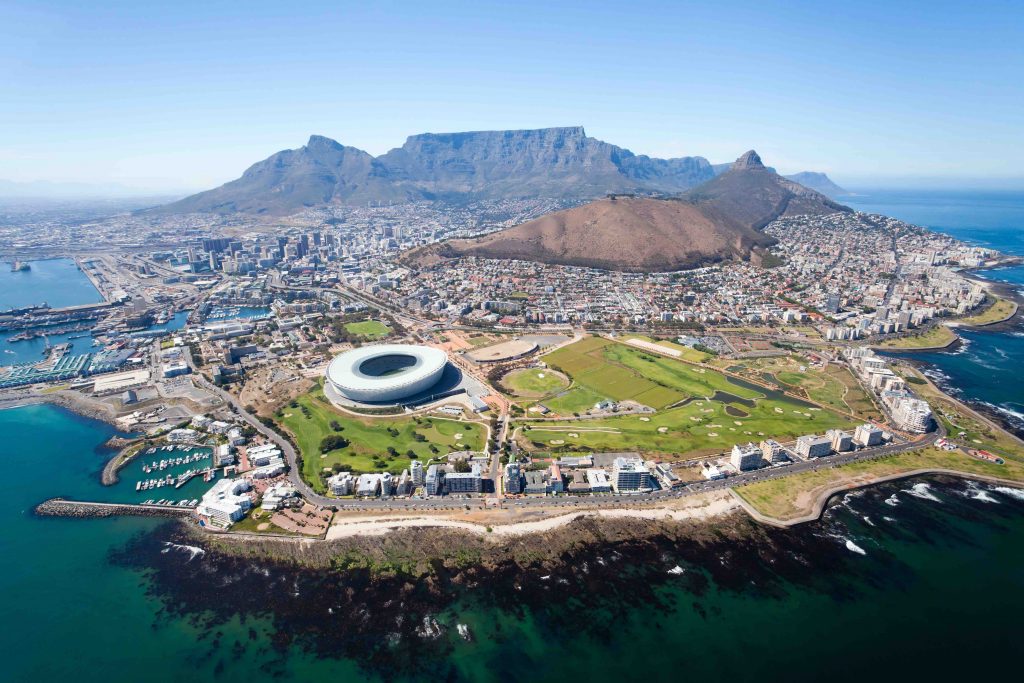
‘Live design.Transform life’. Cape Town welcomed its status as the first African city to be named World Design Capital under this slogan in 2014. One aspect that marked its selection by the International Council of Societies of Industrial Design (ICSID) — now the World Design Organisation —headquartered in Montreal (Canada). As was the 20th anniversary of South African democracy that same year. Nonetheless, any political issues were soon forgotten after taking stock of its 365 days as capital and seeing a city able to house over 450 projects over the year.
According to the organising committee’s philosophy, Cape Town 2014 formed ‘part of a broader vision to transform Cape Town, through design, into a sustainable, productive African city, bridging historic divides and building social and economic inclusion’.
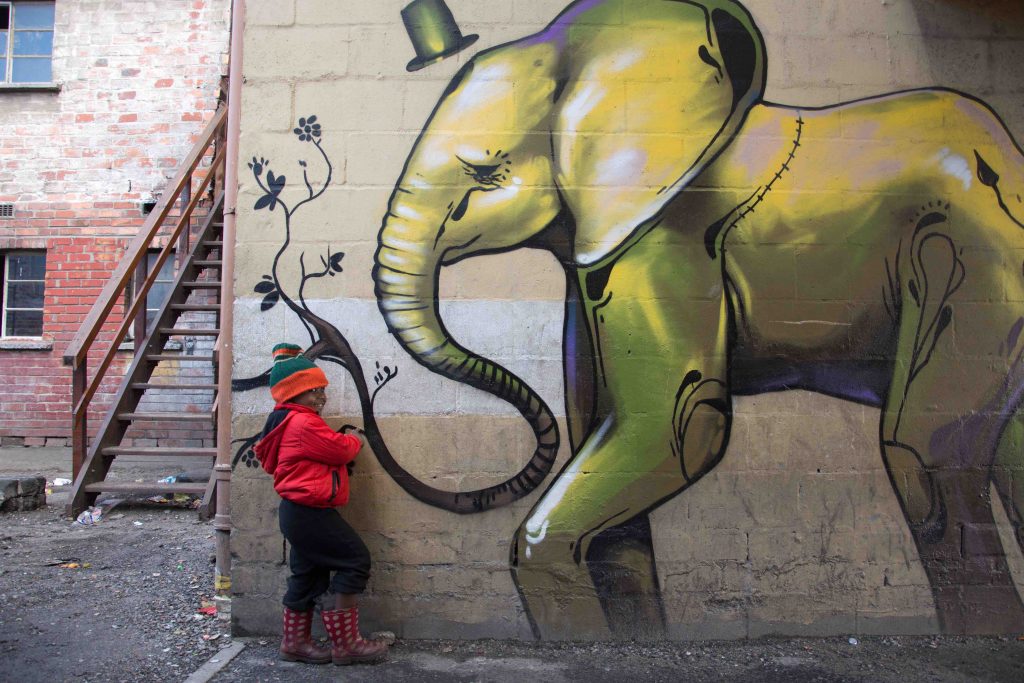
From the outset, however, the design of the city itself showed segregation challenges due to its recent history and a dichotomy between the city centre—and its European outlook—and the poor townships in the outskirts. Areas such as Gugulethu, Khayelitsa, Langa, Nyanga or Mitchell’s Plain in the metropolitan area are located around 14 kilometres from the centre. In turn, they are also home to much of the urban art that people identify with the city.
Integrating two concepts of the city
Four years after being the host city for the World Cup final, Cape Town proved that it was ready to take on international challenges, despite the inequalities its people faced. Lifestyles, sustainability solutions, connections that unite, education that elevates, business that builds and community improvements were the six clusters for projects presented throughout the capital year. Indeed, the spirit of the event aimed to integrate both cities — centre and periphery. They would do this with ties based on the tangibility of the presented projects.
Projects and solutions that elevate and reconcile
For Luyanda Mpahlwa, architect, local designer and chair of the South African Institute of Architects, ‘design in Cape Town has an impact due to its significance for finding inclusive solutions through available resources’. Meanwhile, for Tessa Graaff, director of the Montebello Design Centre in the South African city, this ‘has a sense of reconciliation for all human beings and city dwellers’.
Indeed, the transoceanic location of Cape Town and its colonial, pre-colonial and present-day history represent opportunities. Specifically, for media, fashion and design professions to turn their interventions and work into continuations of the philosophy underlying the world design capital.
Emblematic buildings
A witness to history, Nelson Mandela gave his first public speech from this balcony after 27 years behind bars. It was also an epicentre of creative activities. Built in a Renaissance style, the former city hall is today a symbol of the transformation sought by Cape Town.
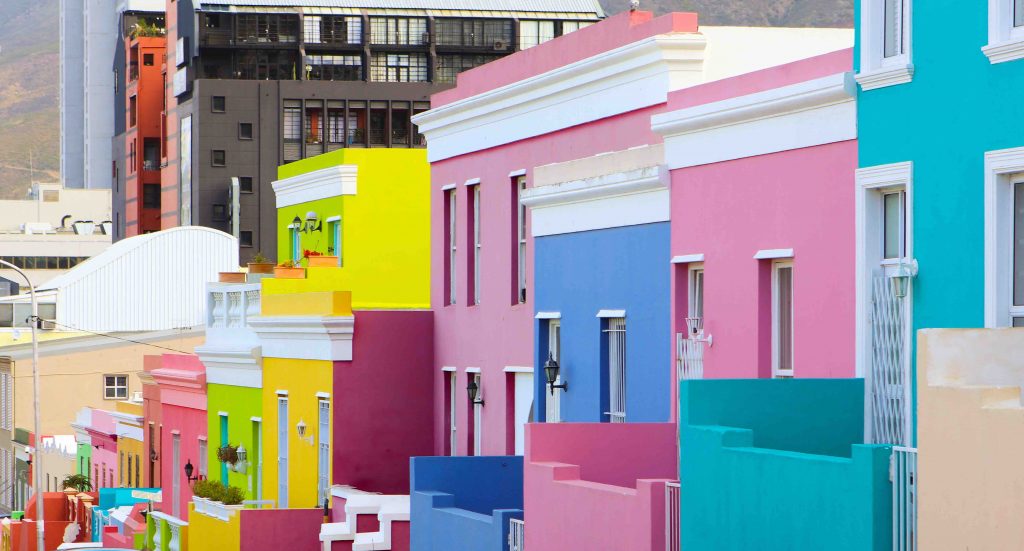
Just as symbolic as city hall are the colourful homes in the central neighbourhood of Bo-Kaap. They constantly contrast both architecturally and eye-catchingly with the neighbouring areas that house more modernist constructions. An example of one is the highest building in the city to date, Portside Tower, rising 148 metres high and designed by the South African architect Louis Karol. It is the first post-Apartheid skyscraper and is located in the Foreshore financial district.
Football as a new symbol
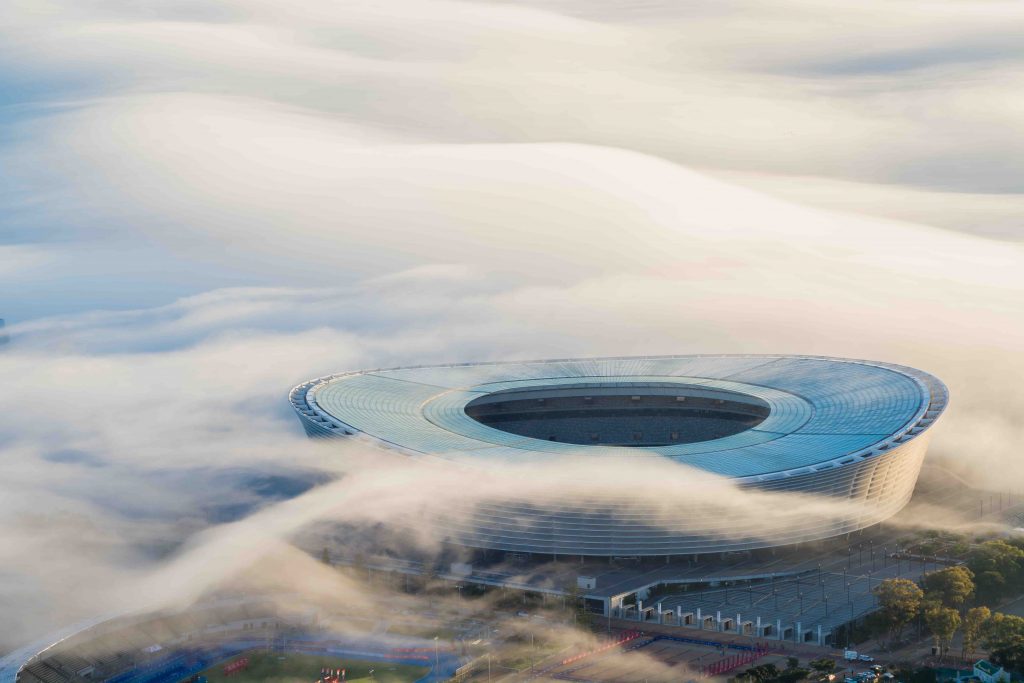
Another complex that maps the skyline of Cape Town is the football stadium. Located in Green Point, it was designed by GMP architecture studio. Found on the sea front—on an old golf course—and is well-connected to the city centre. The opaque fibreglass frontage is another symbol of the city. It’s an obligatory benchmark for those who find inspiration and creativity in sports complexes for their projects, structures and interventions.
The multicultural nature of the 2014 World Design Capital keeps the hope alive. This hope sparked the talent of artists, designers, architects, publicists, fashion designers and creators of urban art. At this moment of the 21st century, and after such a personal scenario involving collective solution for the post-pandemic age, this city is sure to solidify its goal from that year and transform life.

